How to Recognise and Reduce Dog Stress: Tips for Calming Anxious Dogs

When Do Dogs Get Stressed? Common Triggers Explained
Dogs, much like humans, can experience stress in various situations. Understanding these triggers is crucial for providing the support they need.
Separation Anxiety: Many dogs form strong attachments to their owners, and being left alone can lead to significant anxiety, especially if they are not used to it.
Loud Noises: Thunderstorms, fireworks, and even household appliances can startle and frighten dogs due to their acute hearing.
Changes in Routine: Moving to a new home, introducing a new family member (human or pet), or altering daily schedules can unsettle dogs and cause stress.
Social Stress: Unfamiliar dogs or people, overcrowded spaces, or lack of proper socialisation, especially in dogs not socialised from a young age, can lead to stress.
Health Issues: Pain or discomfort from illnesses or injuries can cause stress, and since dogs cannot verbally express their pain, it's essential for owners to be vigilant about their pets' health.
Behavioral Signs of Stressed Dogs: How to Recognize Anxiety in Your Pet
Recognising the signs of stress in dogs is the first step in addressing their anxiety. Dogs often exhibit a range of behavioural changes when stressed. They may become more vocal, with excessive barking, whining, or howling, especially in situations that trigger their anxiety. Destructive behaviour, such as chewing furniture, digging holes, or tearing up household items, can also be signs of stress and serve as coping mechanisms for their anxiety.
Changes in eating and sleeping patterns are another indicator. A stressed dog may eat less or refuse food altogether, and they may sleep more than usual or have difficulty sleeping. Excessive panting and drooling in a calm environment may also indicate stress. Additionally, a dog that cannot settle down and constantly paces or circles is likely experiencing anxiety. Stressed dogs might avoid eye contact, hide, or withdraw from interactions with people or other animals. In some cases, stress can lead to aggressive behaviours such as growling, snapping, or biting, which is often a defensive response to perceived threats.
Signs of an anxious dog:
-
Increased Vocalization: Excessive barking, whining, or howling.
- Destructive Behaviour: Chewing furniture, digging holes, tearing up household items.
- Eating and Sleeping Changes: Eating less, refusing food, sleeping more or having difficulty sleeping.
- Physical Signs: Excessive panting, drooling, pacing, circling.
- Avoidance: Avoiding eye contact, hiding, withdrawing from interactions.
- Aggression: Growling, snapping, biting.
Proven Tips to Reduce Dog Anxiety: Help Your Pet Stay Calm
Proven Tips to Reduce Dog Anxiety: Help Your Pet Stay Calm
Helping a stressed dog requires patience, understanding, and sometimes professional help.
- Establish a Consistent Routine: Regular feeding times, walks, and play sessions can provide a sense of security for dogs.
- Create a Designated Quiet Area: A cosy corner with their bed and favourite toys where your dog can retreat when feeling stressed.
- Regular Exercise and Mental Stimulation: Activities such as walks, playtime, and puzzle toys can keep a dog’s mind and body engaged.
- Use Calming Aids: Calming collars, supplements like FlexiPaw Calm and Relax Chews, or anxiety wraps can provide comfort by mimicking natural calming signals.
- Calming dog supplements: FlexiPaw Calm and Relax Chews supports the nervous system, and promotes calmness and relaxation.
- Positive Reinforcement Training: Build confidence and reduce anxiety through training that rewards good behaviour.
- Seek Professional Help: In severe cases, consulting a veterinarian or a professional dog behaviourist is essential.
- Stay Calm: Dogs are highly attuned to their owners' emotions. Remaining calm and composed can help reassure your dog and reduce their stress levels.
Key Takeaways
Understanding, recognising, and addressing stress in dogs is vital for their overall well-being. By being attentive to their needs and providing a supportive environment, we can help our furry friends lead happier, healthier lives.
Disclaimer: The content on this website is for educational purpose only. We recommend you talk to your veterinarian if you have any concerns, if the lameness worsens or are unsure. Products on this website are not intended to diagnose, cure, treat or prevent any disease. The statements made on this website have not been evaluated by the Food and Drug Administration.



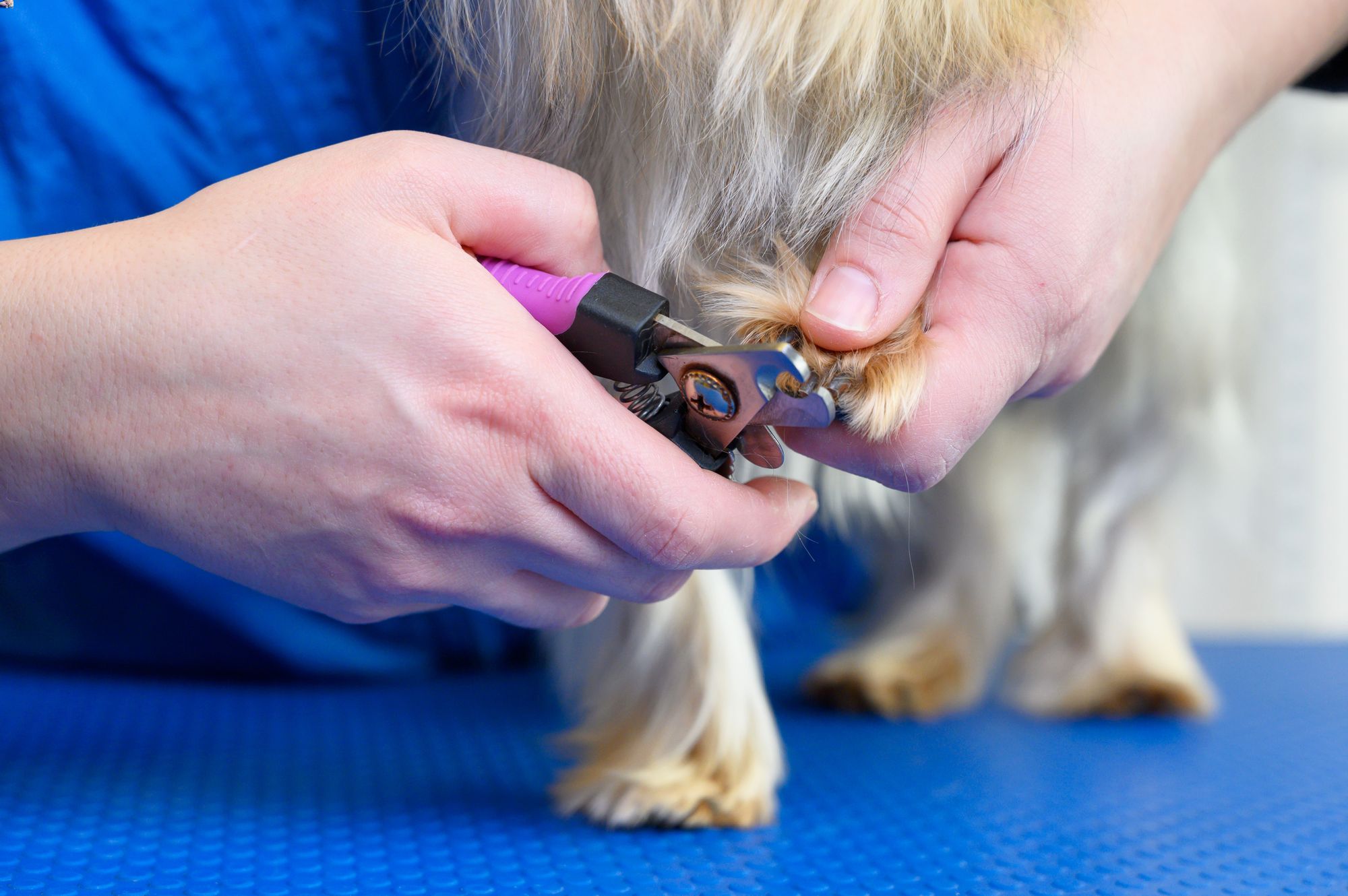




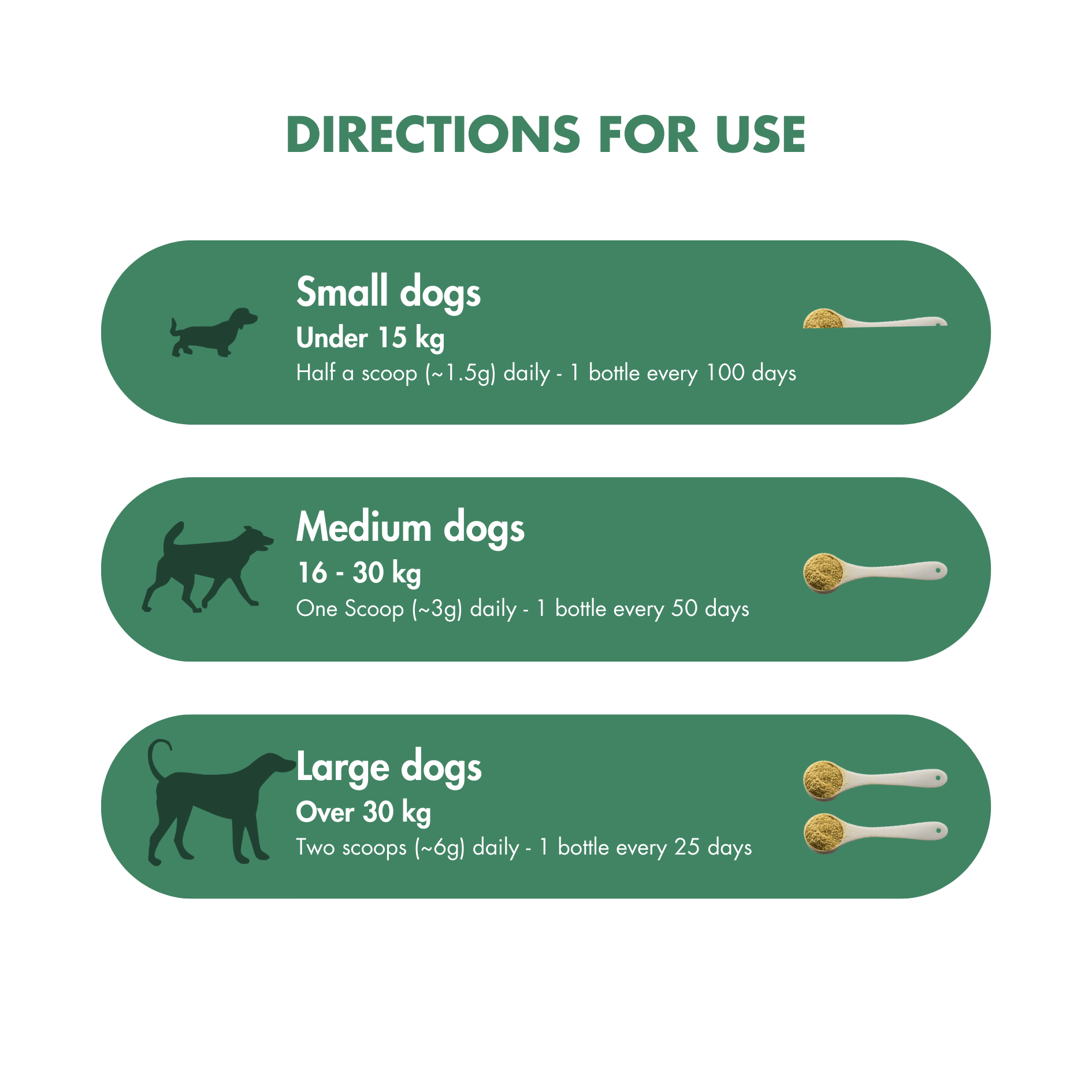









![FlexiPaw Calm & Relax Chews for Dogs - Soft chews made with Ashwagandha, L-Theanine, Chamomile & Passion Flower to help relieve dog anxiety and promote relaxation. [270g container]](http://flexipaw.com/cdn/shop/files/website_slider_CALMING_b2a57442-9be6-4f29-82ec-67f758fb05dc.jpg?v=1726977474&width=4050)

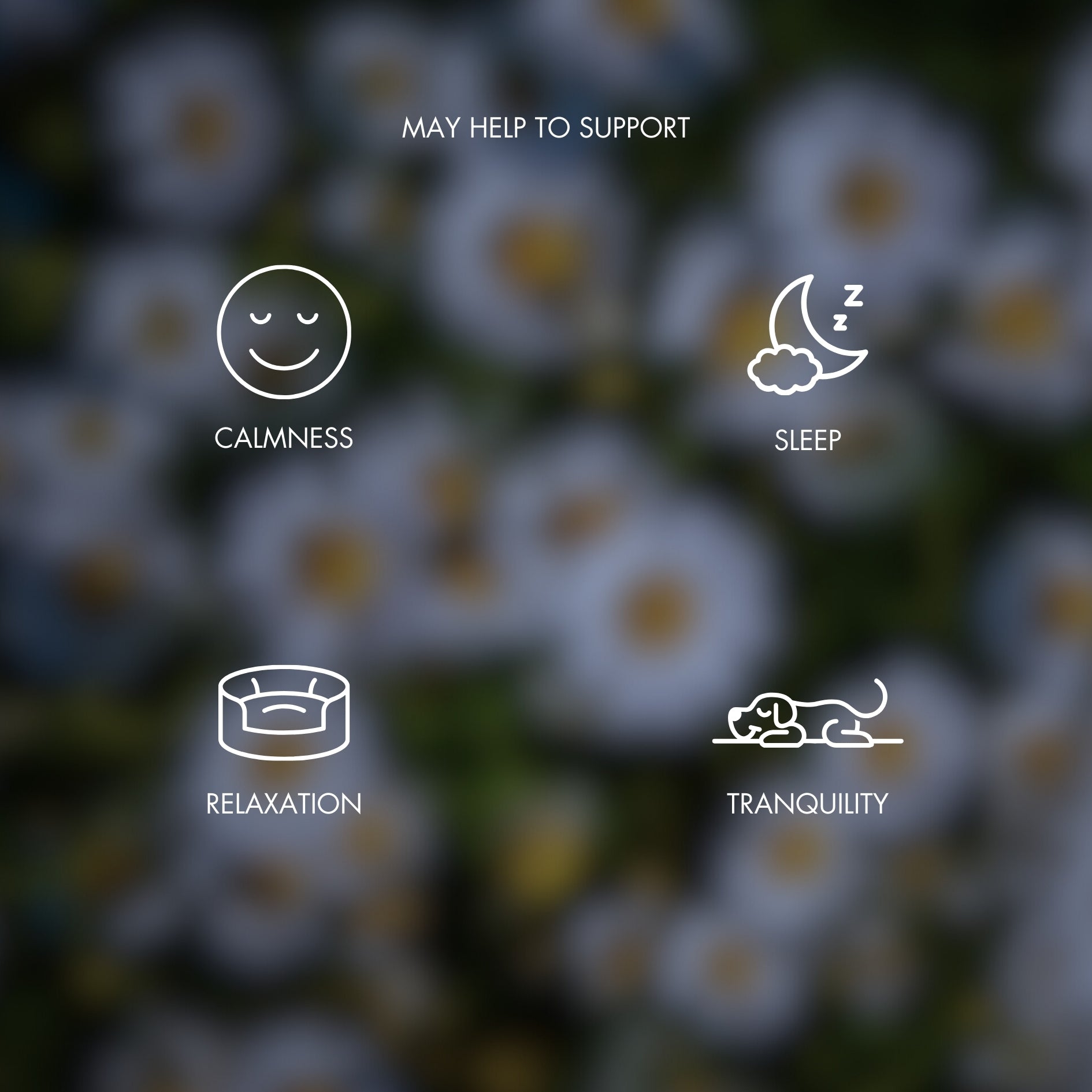
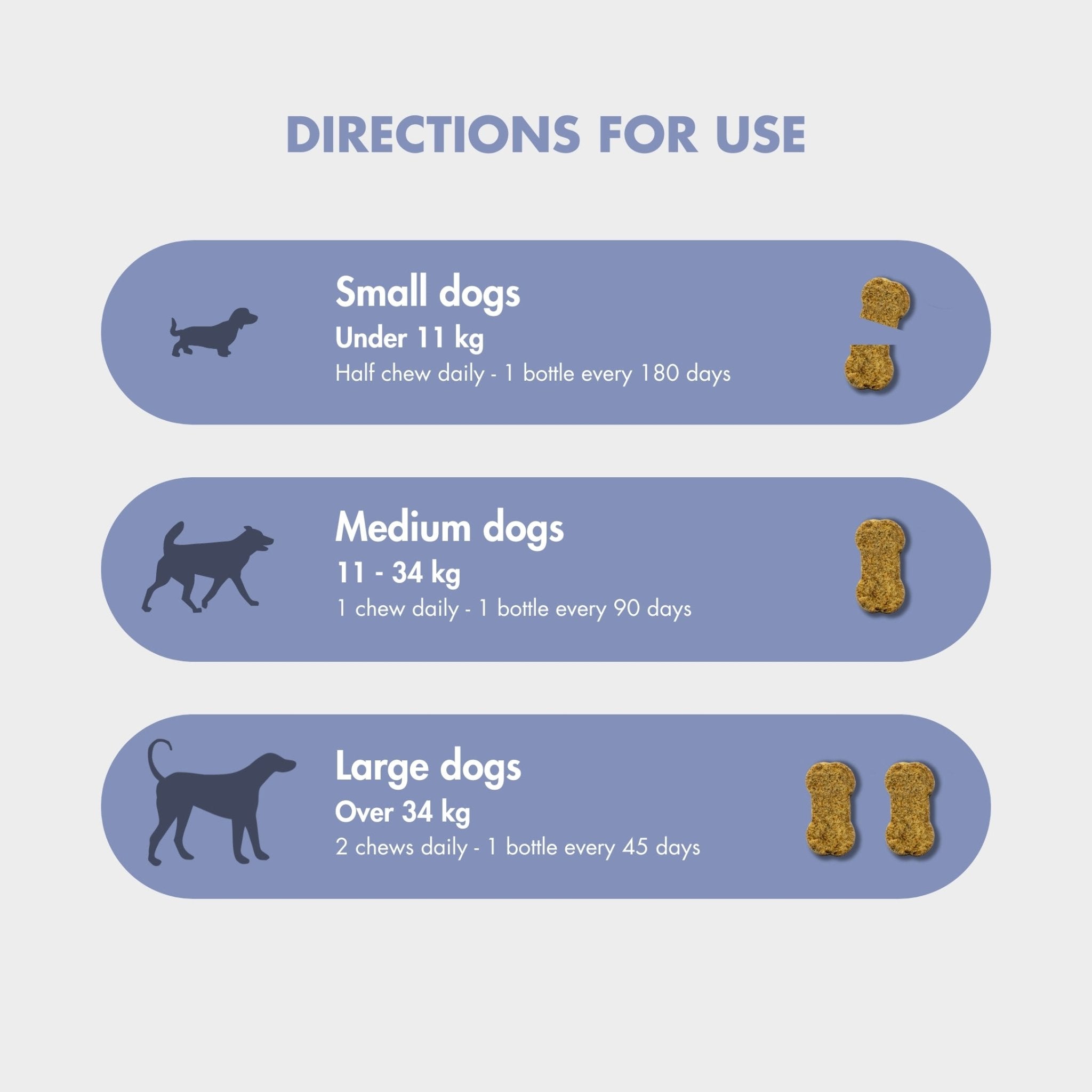


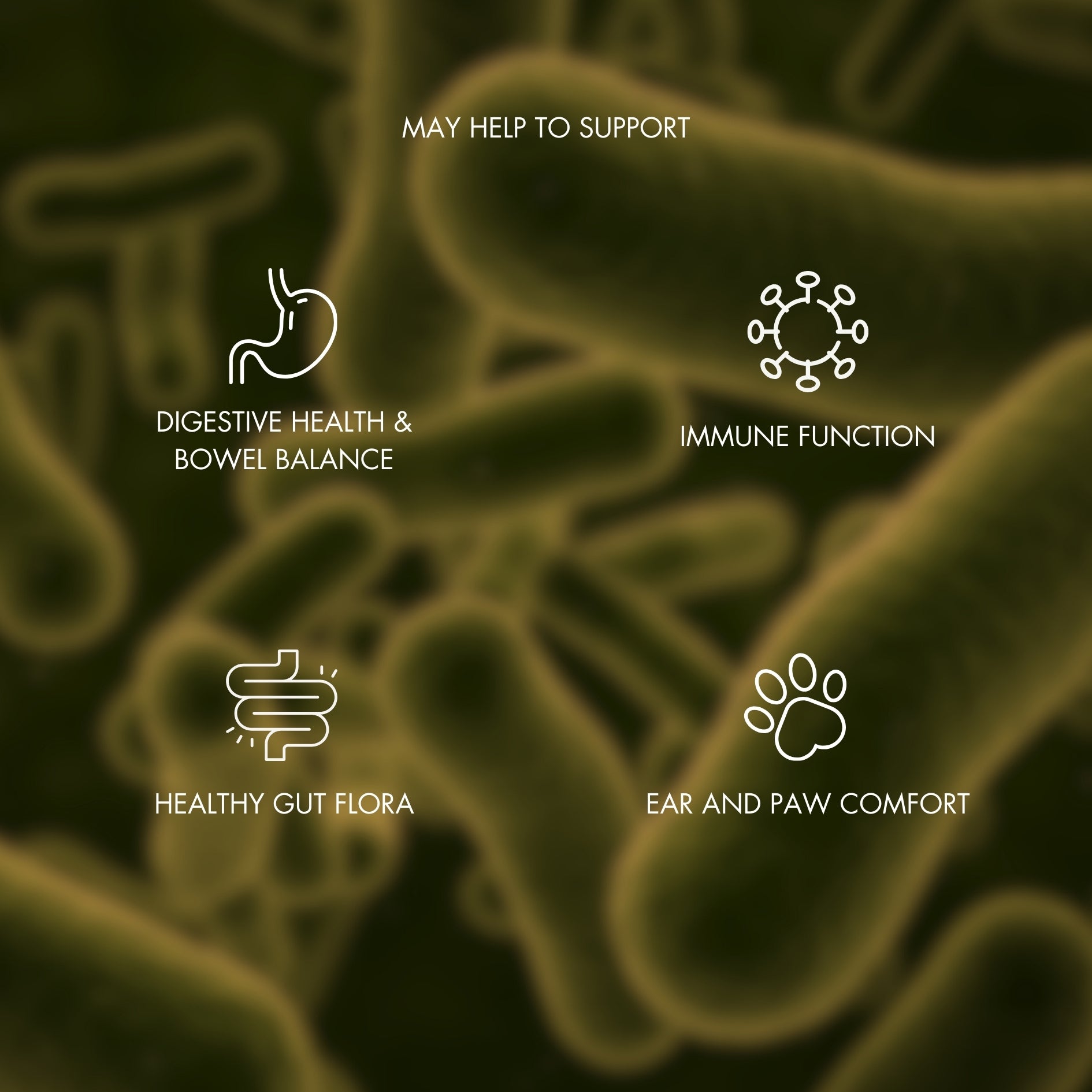
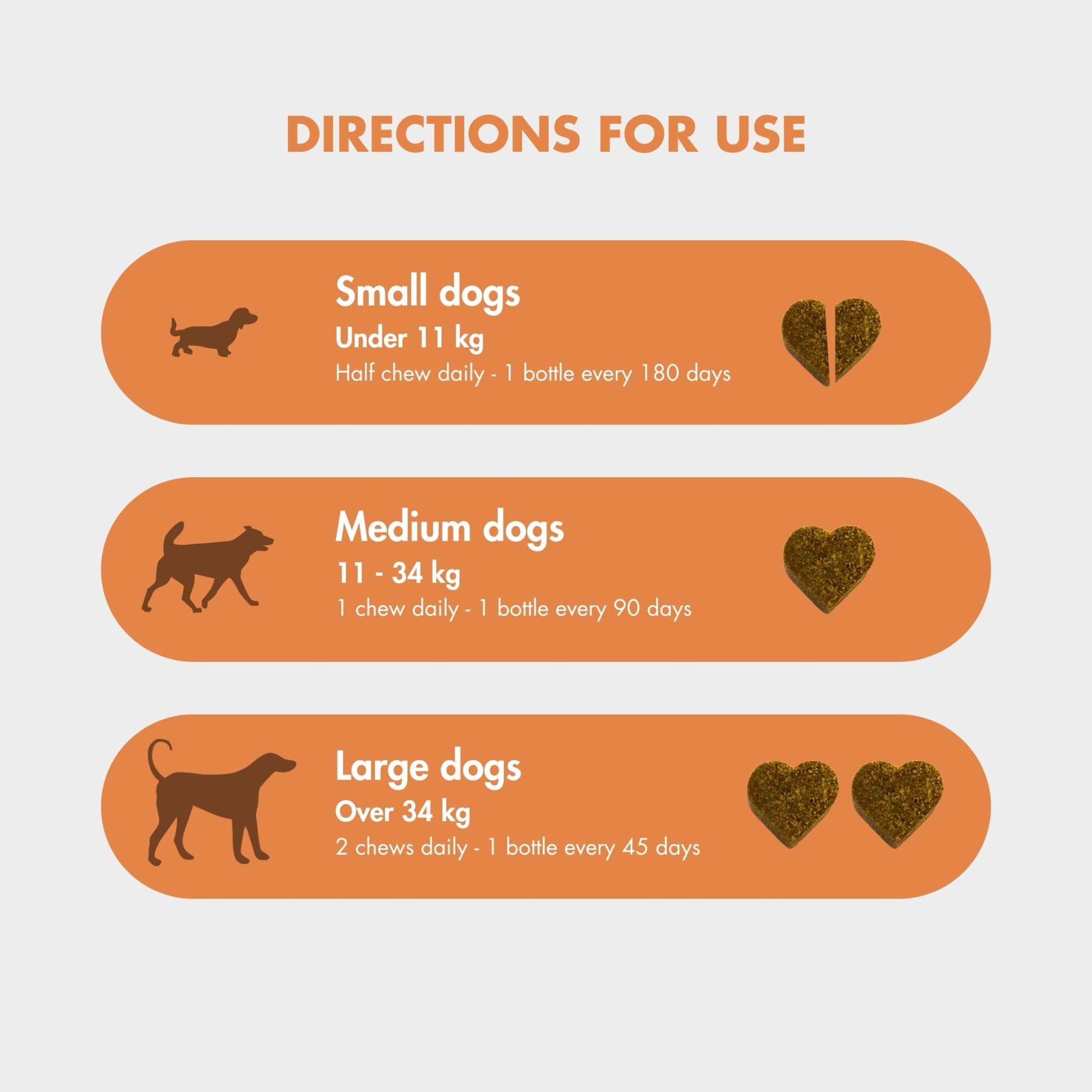



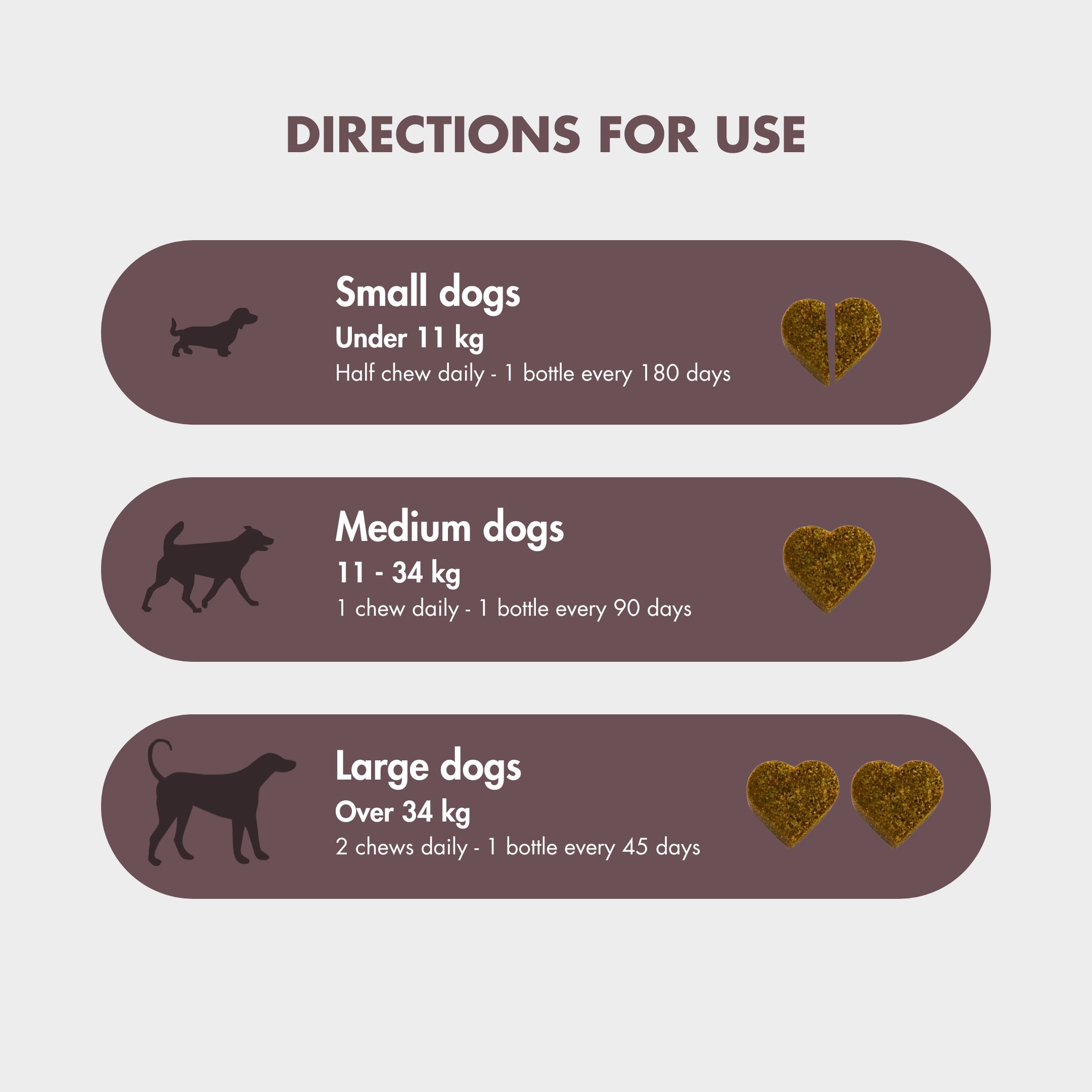
Leave a comment